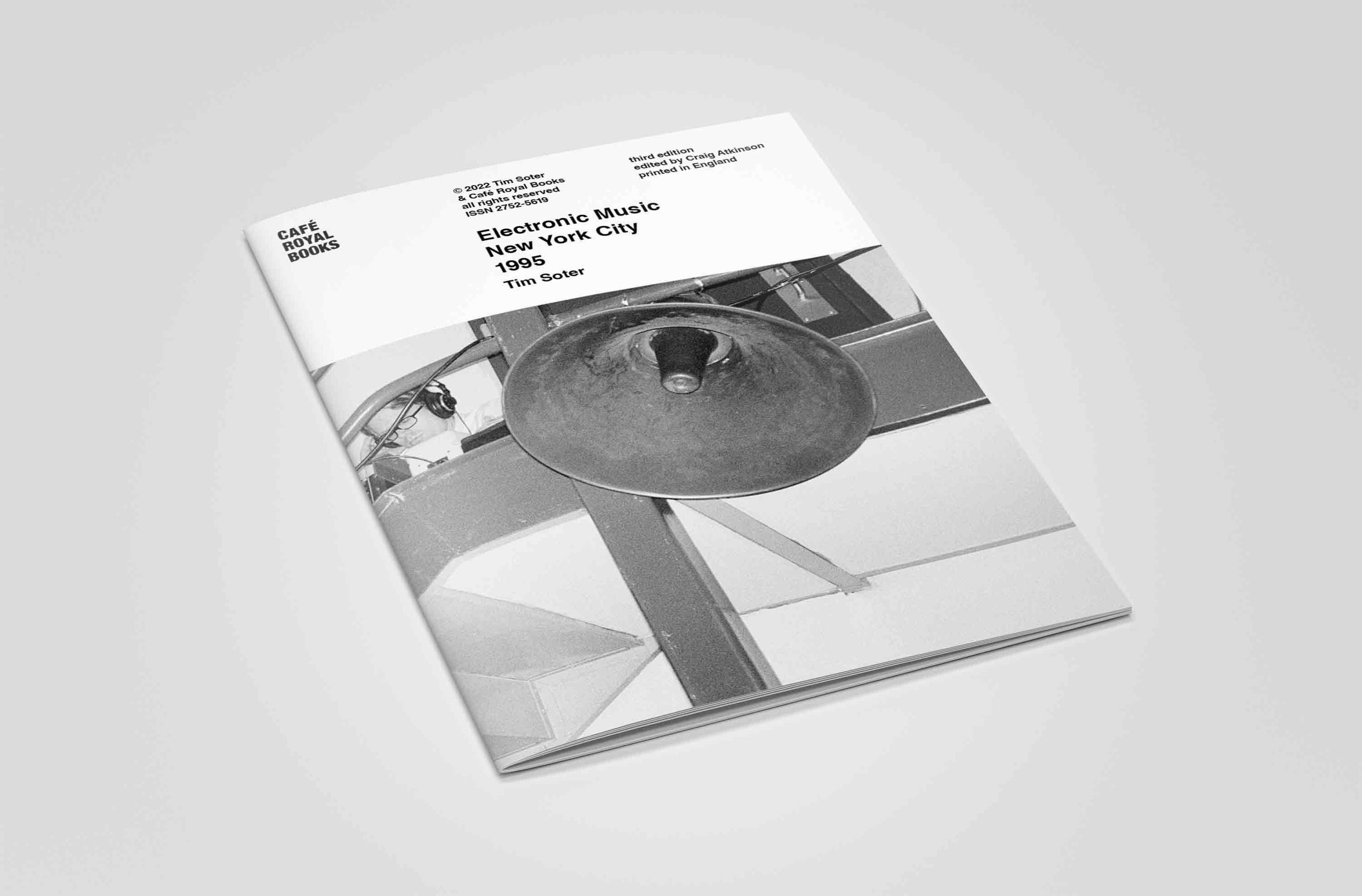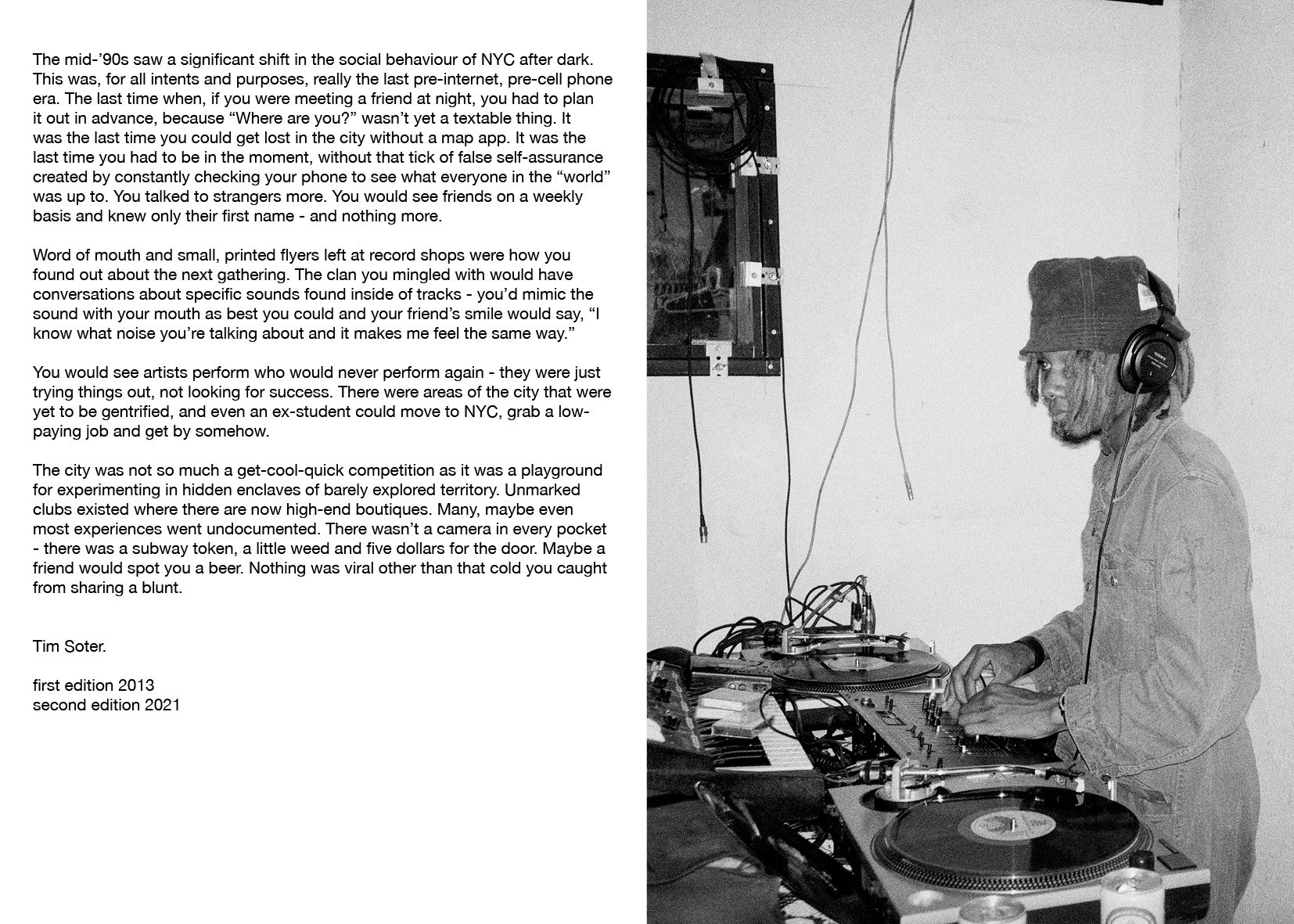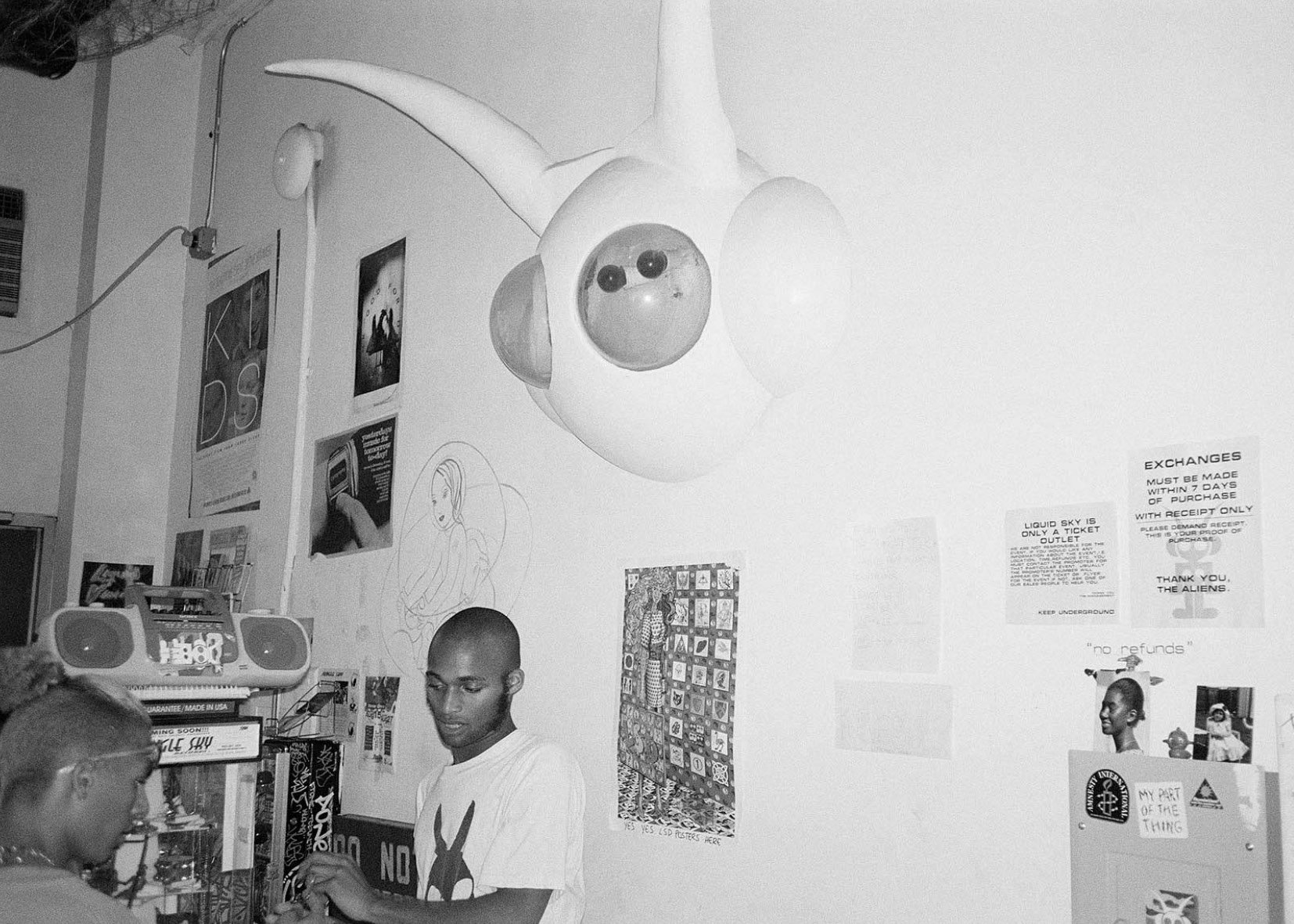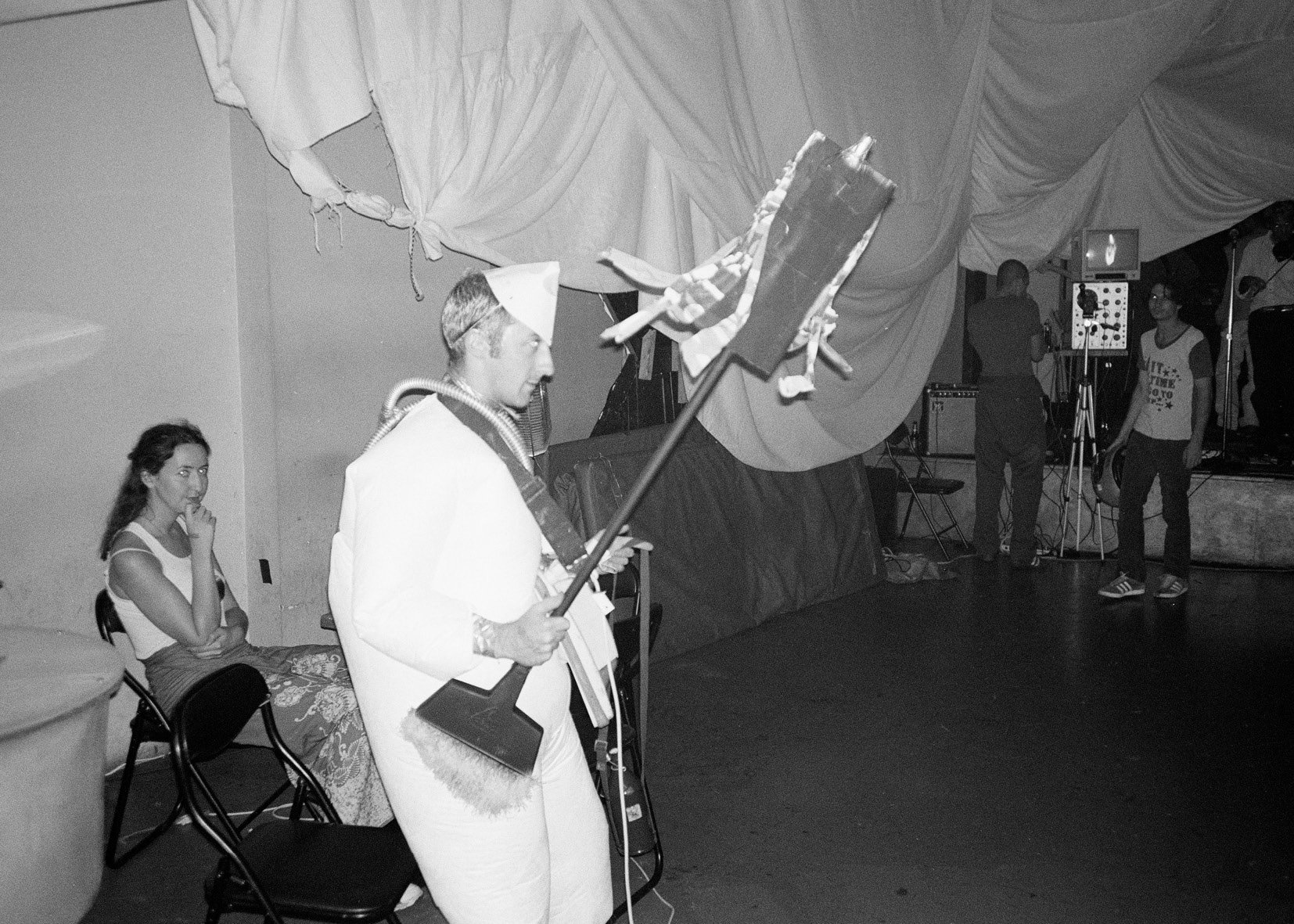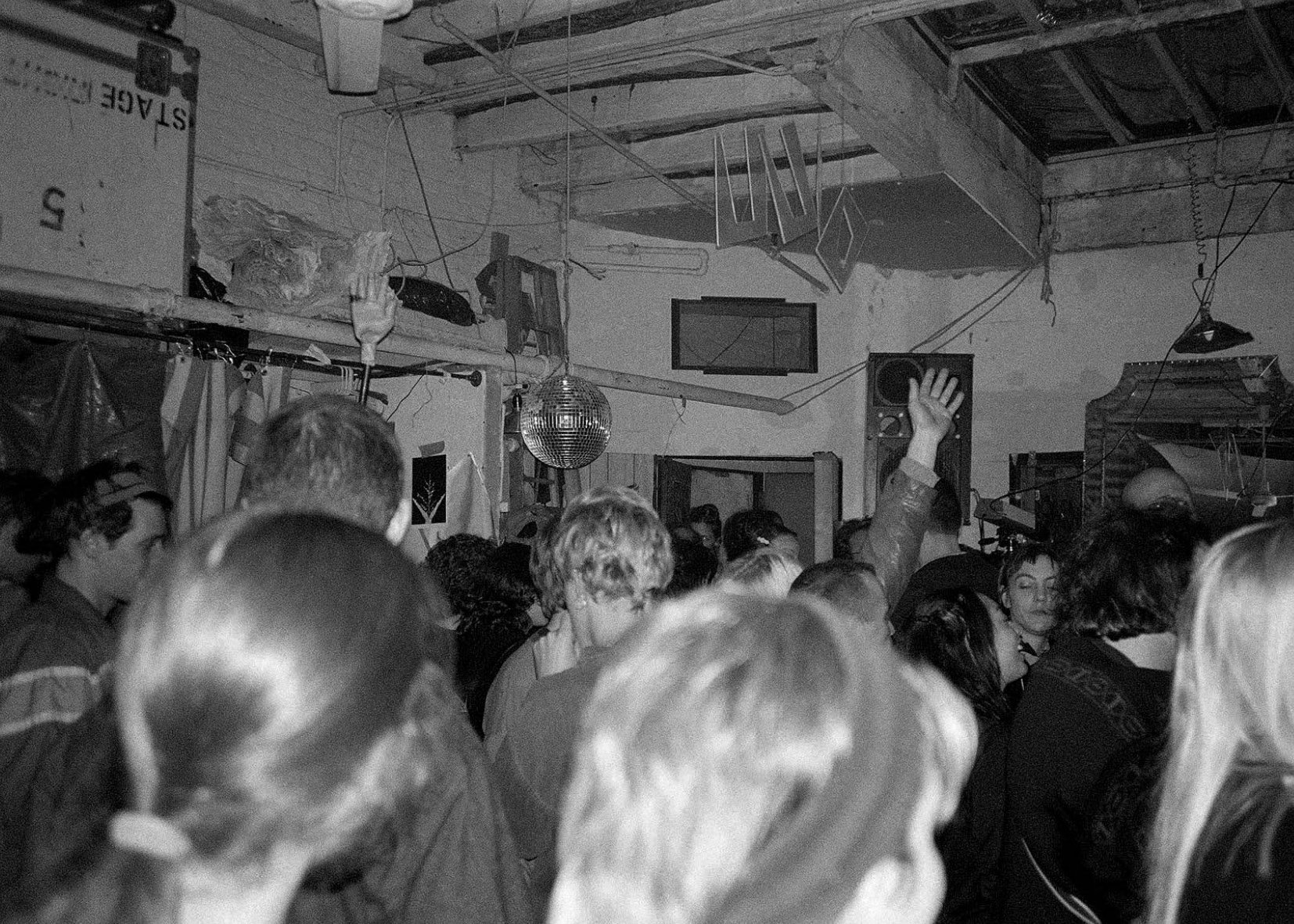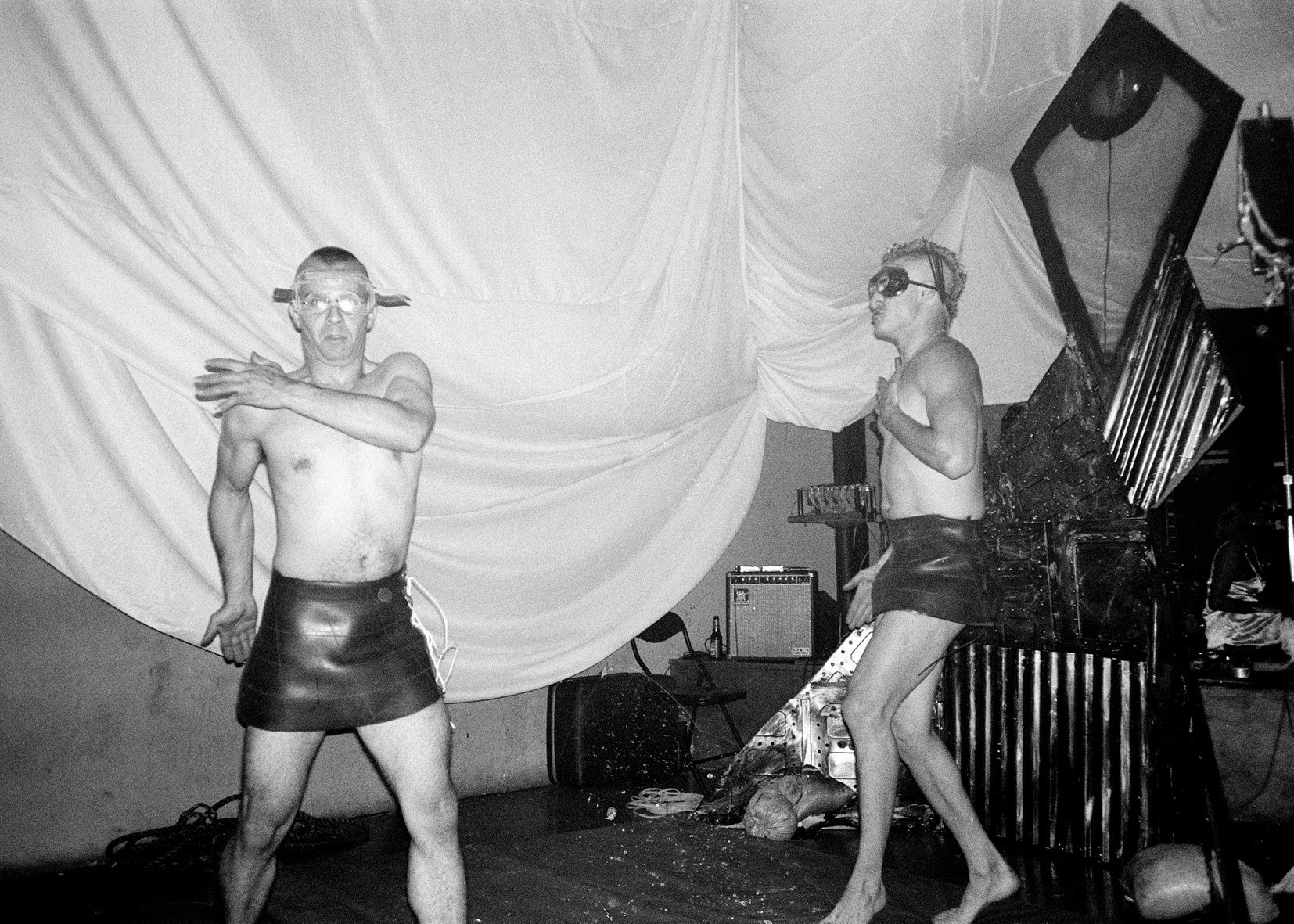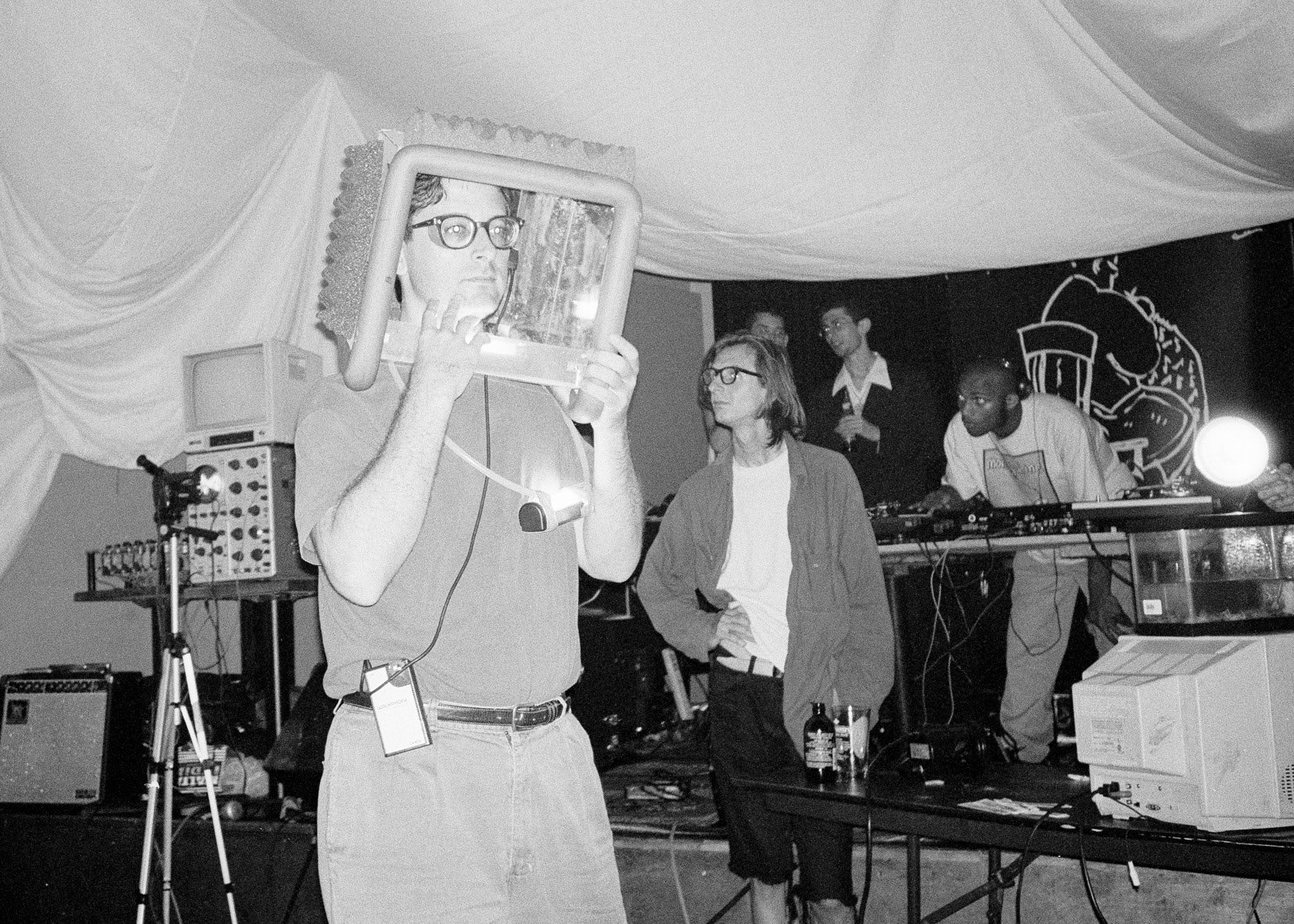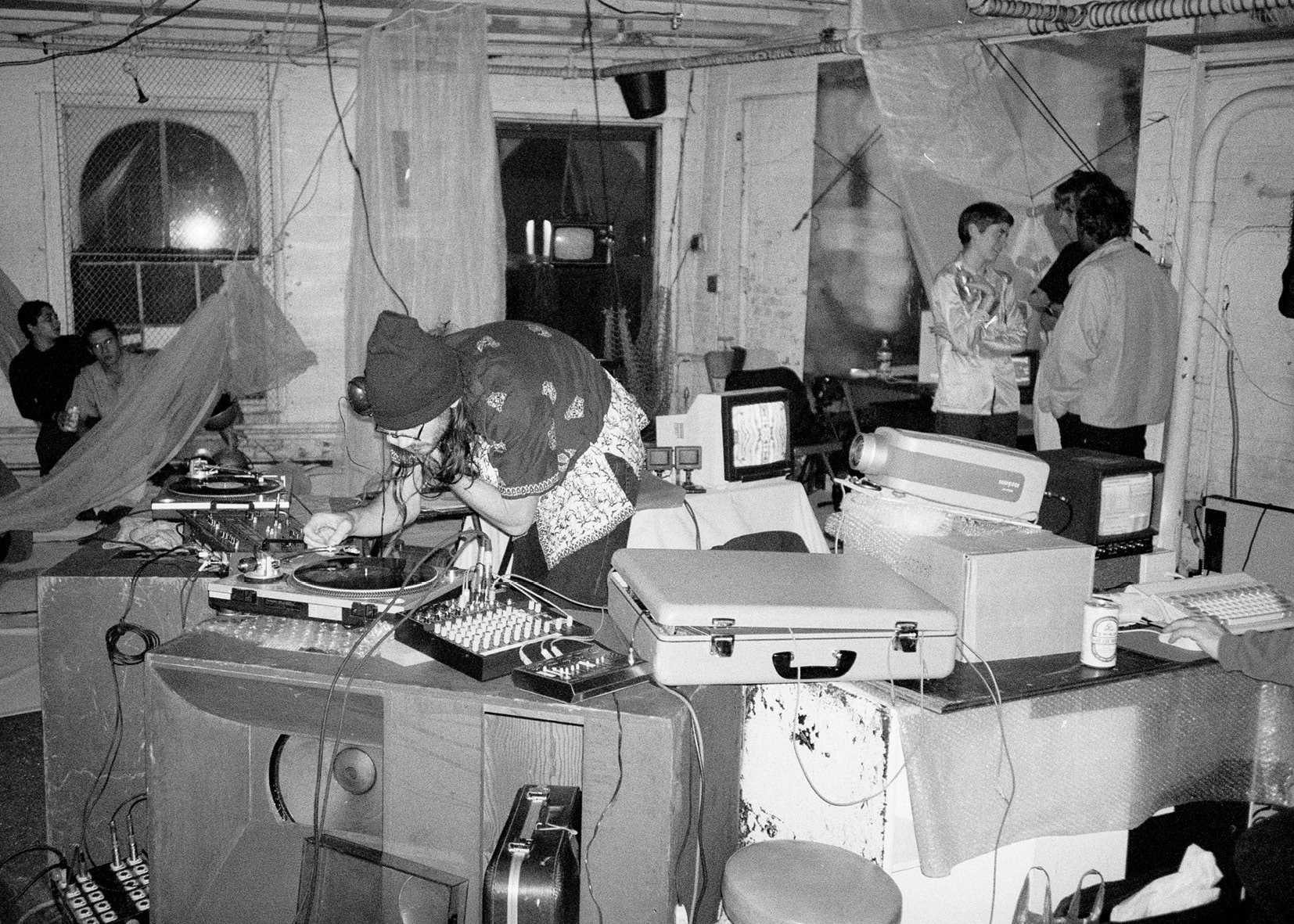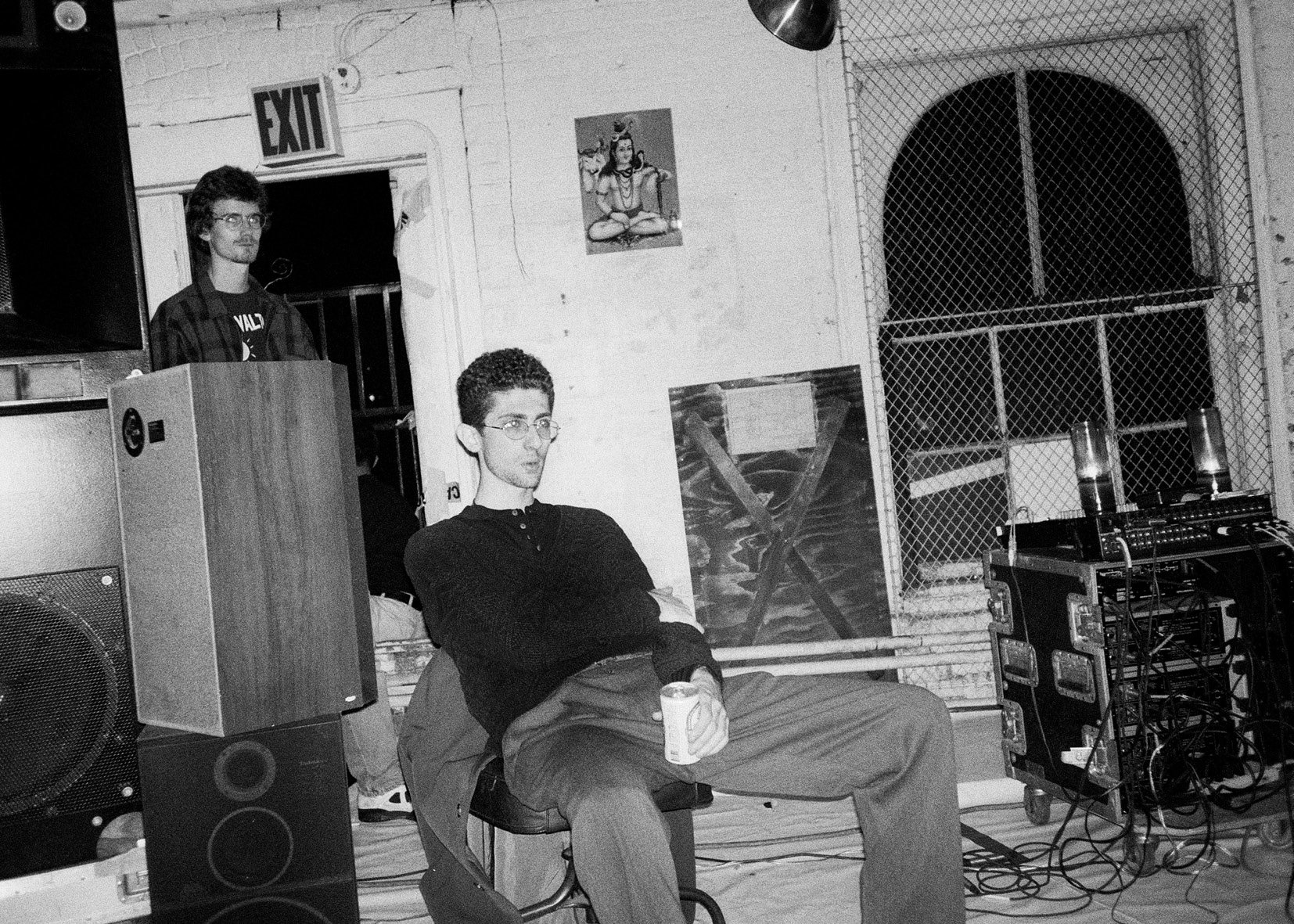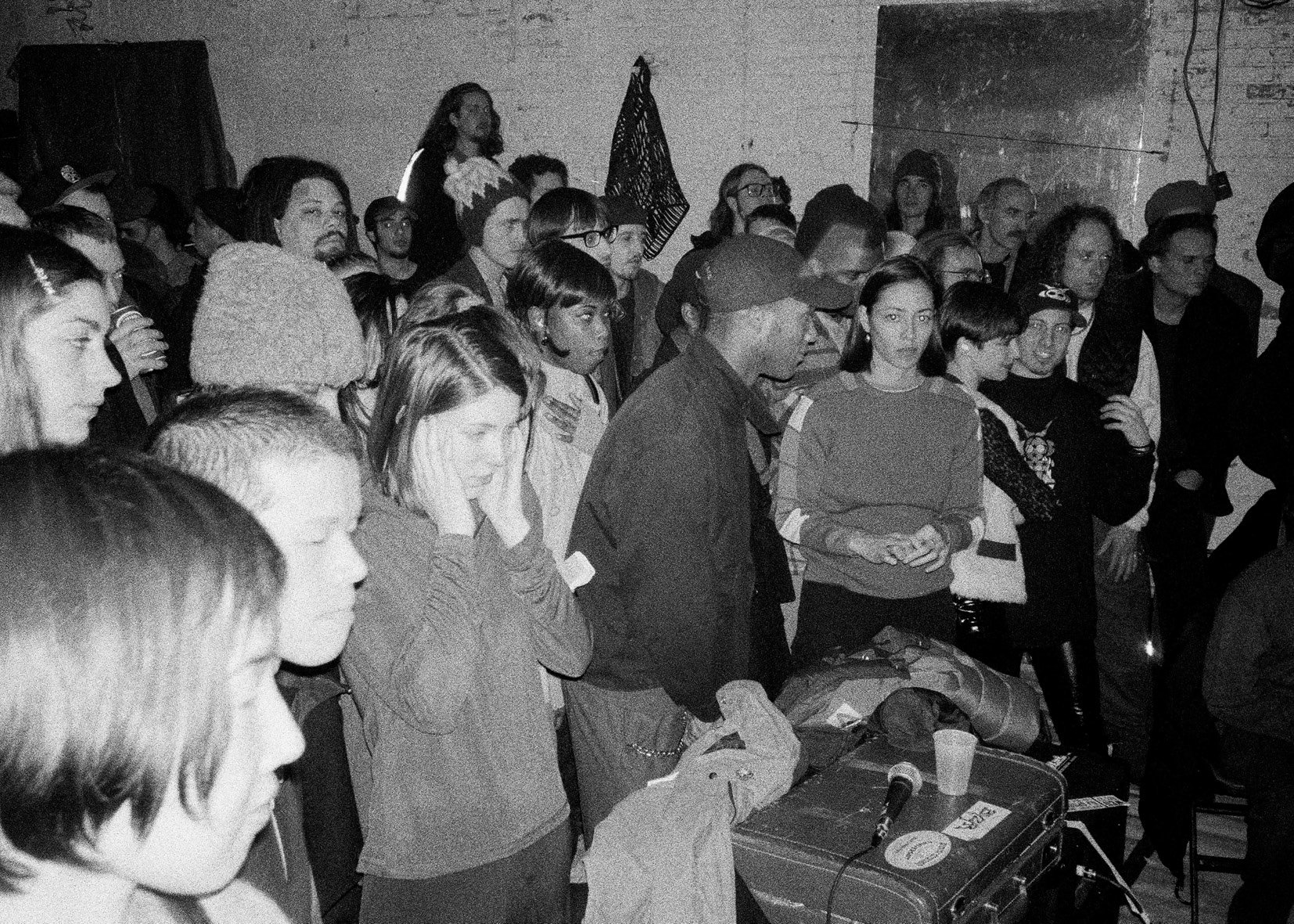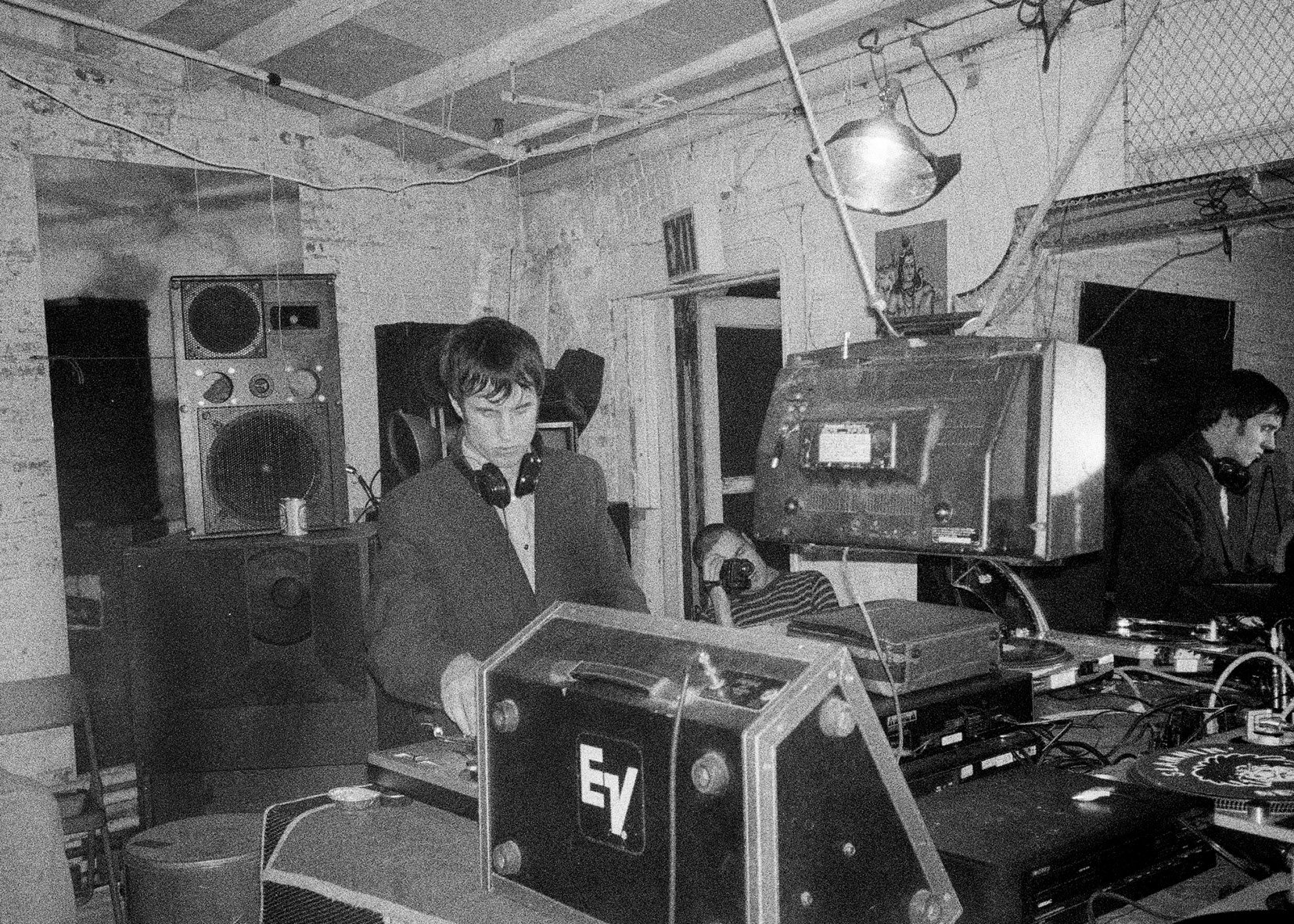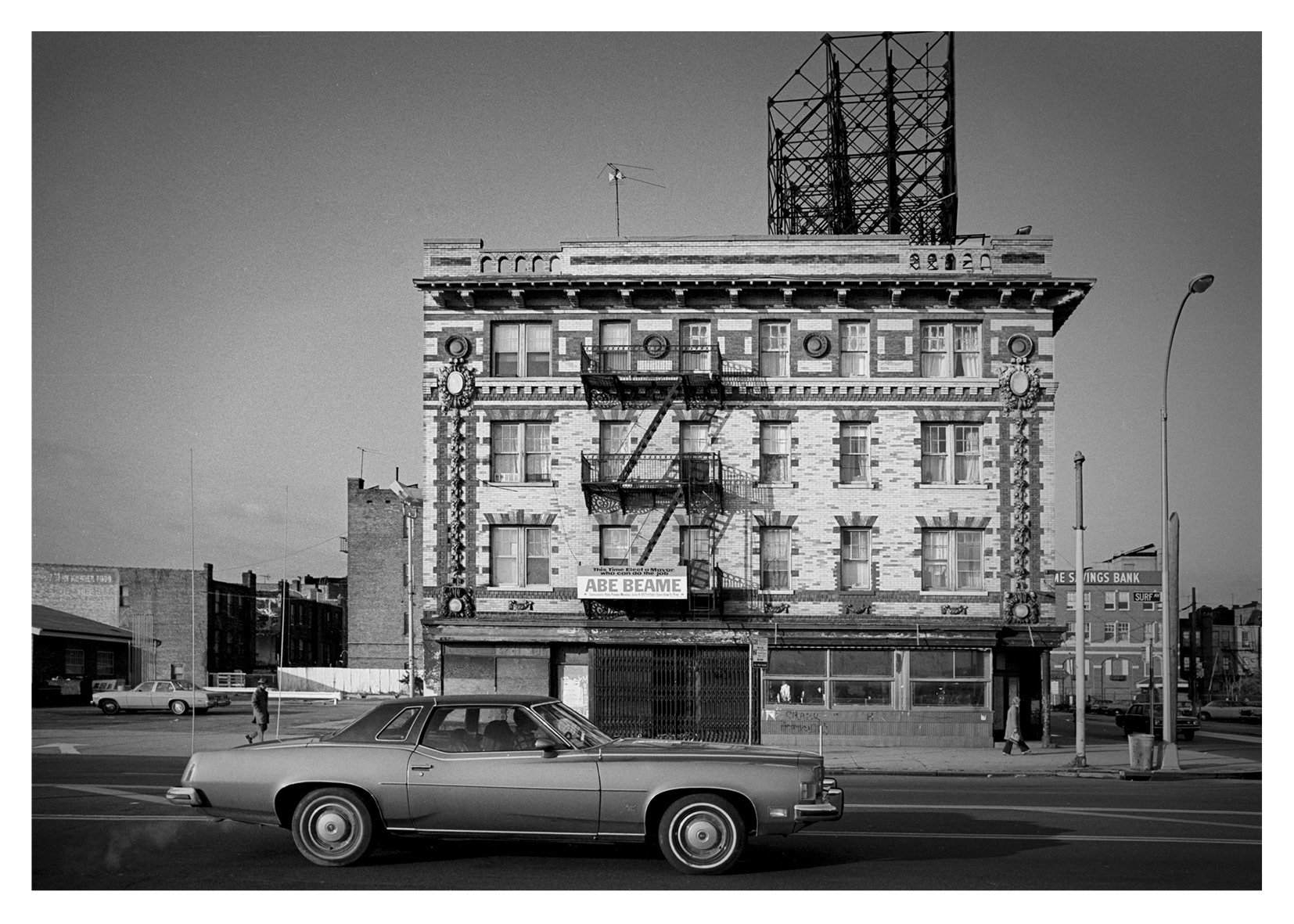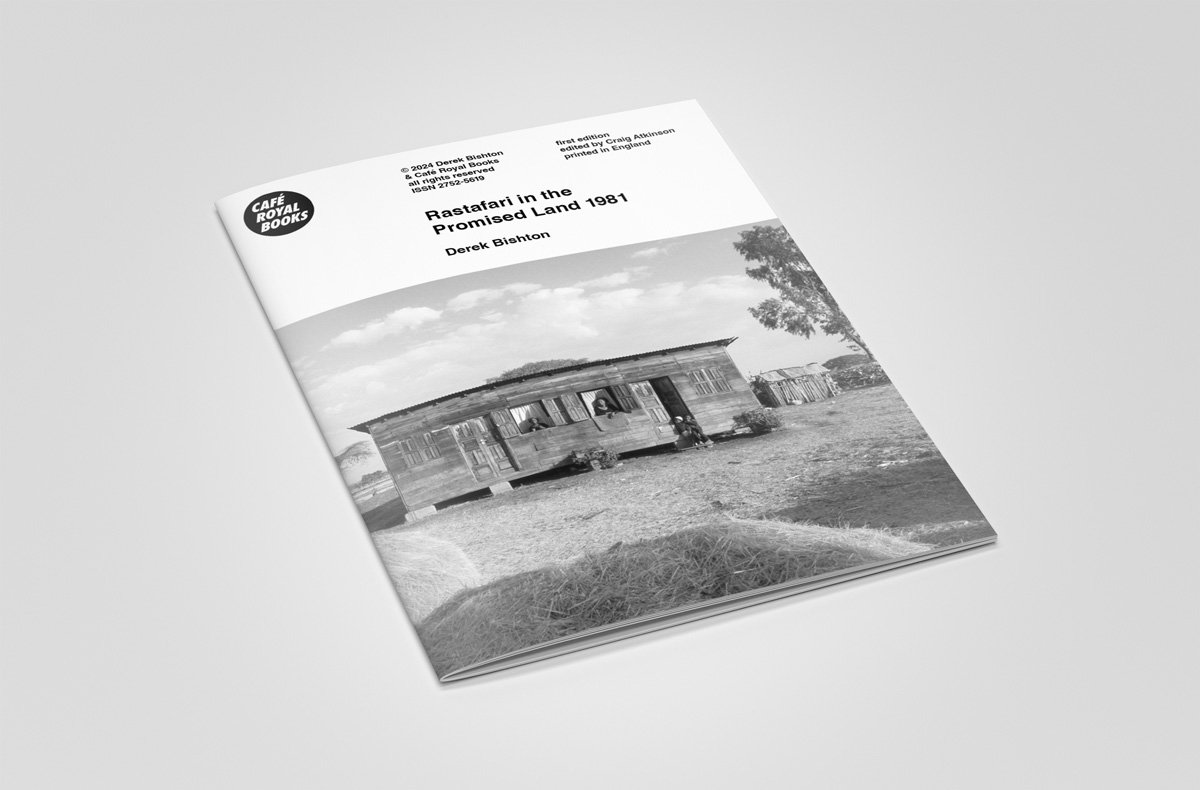 Image 1 of 19
Image 1 of 19

 Image 2 of 19
Image 2 of 19

 Image 3 of 19
Image 3 of 19

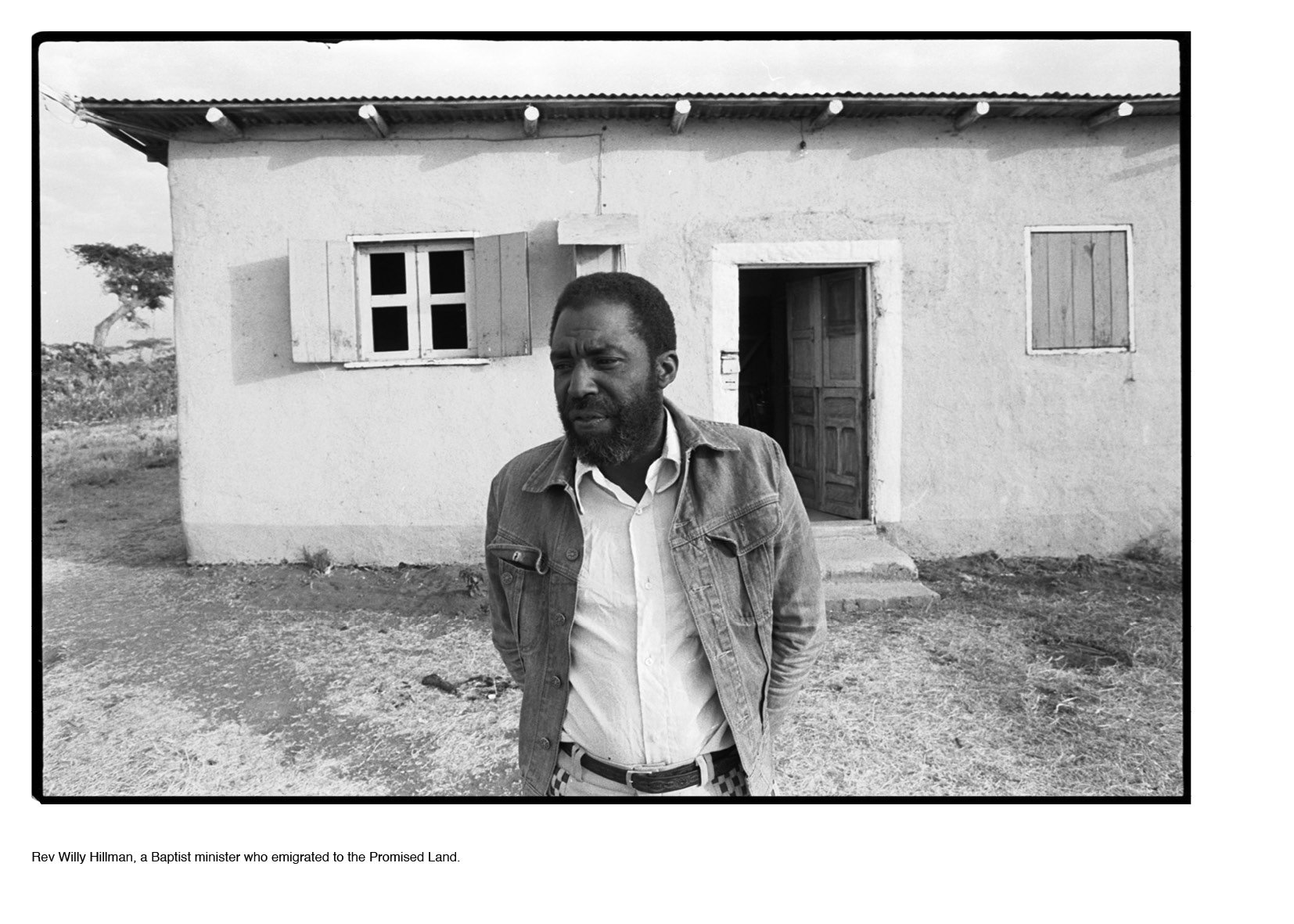 Image 4 of 19
Image 4 of 19

 Image 5 of 19
Image 5 of 19

 Image 6 of 19
Image 6 of 19

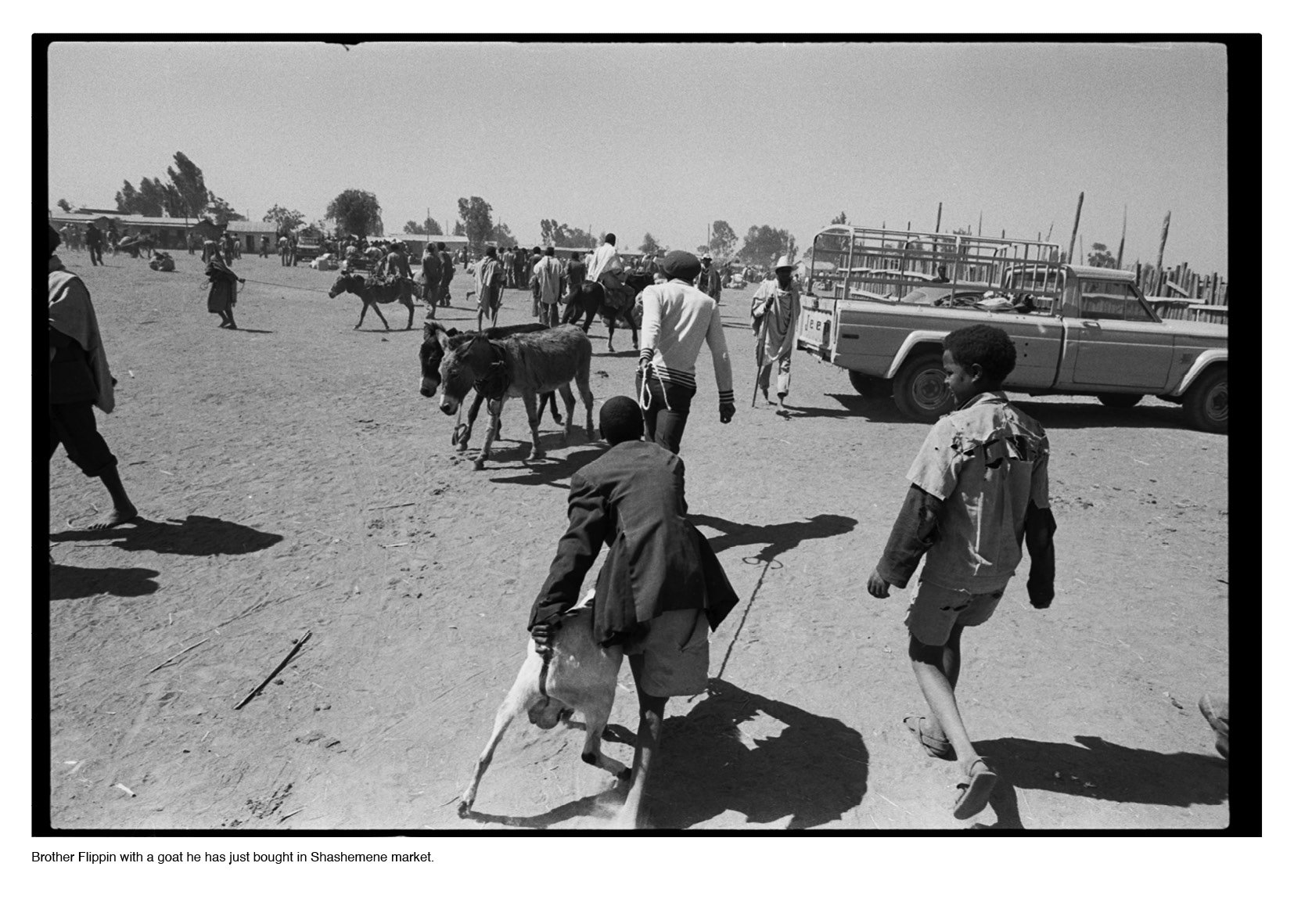 Image 7 of 19
Image 7 of 19

 Image 8 of 19
Image 8 of 19

 Image 9 of 19
Image 9 of 19

 Image 10 of 19
Image 10 of 19

 Image 11 of 19
Image 11 of 19

 Image 12 of 19
Image 12 of 19

 Image 13 of 19
Image 13 of 19

 Image 14 of 19
Image 14 of 19

 Image 15 of 19
Image 15 of 19

 Image 16 of 19
Image 16 of 19

 Image 17 of 19
Image 17 of 19

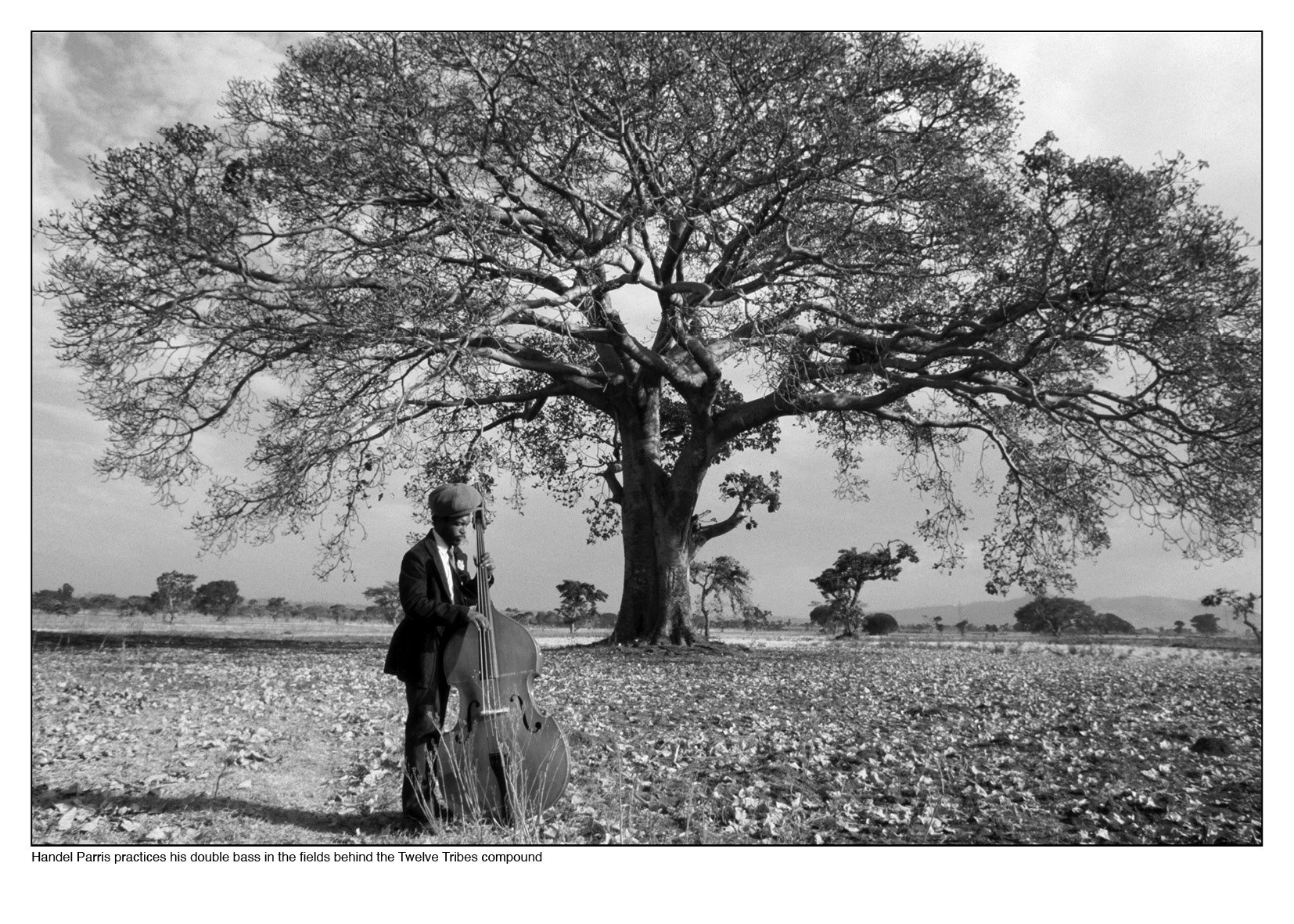 Image 18 of 19
Image 18 of 19

 Image 19 of 19
Image 19 of 19




















Derek Bishton — Rastafari in the Promised Land 1981
36 pages
printed in England
staple bound
14cm x 20cm
Shashemene is a busy provincial centre 240 km due south of Addis Ababa in Oromo Province. It was here that Emperor Haile Selassie set aside 500 hectares of farmland from one of his extensive estates for Black people living in the west who had supported Ethiopia in her struggle against Mussolini in the 1930s and who wanted to come ‘home’.
Knowledge of the existence of this ‘Promised Land’ in the Rasta communities I was in contact with in Handsworth, Birmingham in the late 1970s was widespread, but concrete details were harder to come by. No one I had met had ever been there, or indeed, known anyone who had been there. There were no photographs, no written testimony that I could discover, so the place began to assume a mythic, fabled aura. But still the talk went on, and as repatriation to Africa became a dominant theme in the discourse of reggae music and Rasta talk in general, so my own interest grew.
In late 1980 I managed to persuade the picture editor of the Sunday Times Magazine to advance me enough to buy an airline ticket and a bag of film and, with the help of the Jamaican Chargé D’affaires in Addis, I arranged to spend a month living with the Rastafari community who had settled on the Emperor’s land grant. Haile Selassie had been deposed in 1974 and Ethiopia was then governed by a Marxist dictatorship known as the Dergue, but the pioneer settlers had managed to keep hold of some of the land they had been granted by the Emperor.
The first people to settle in Ethiopia were mainly members of the Ethiopian World Federation, the organisation set up under the aegis of the Emperor in New York in 1937. Although membership was open to anyone who supported Ethiopia, it increasingly became identified with the Rastafari movement. Some of the original settlers I met, such as Noel Dyer — who had walked and hitch-hiked his way to Shashemene in 1964 — were members of the EWF. However, in the early 70s, a new Rastafari organisation (or mansion as they are known) called The Twelve Tribes of Israel started to arrive to claim their piece of the Promised Land. It was this group, who were supported by Bob Marley and many other Jamaican musicians, that I stayed with. The community I visited, although still small, continues to grow and has built a substantial secondary school in the town as well as two hotels.
All photographs and text © Derek Bishton
36 pages
printed in England
staple bound
14cm x 20cm
Shashemene is a busy provincial centre 240 km due south of Addis Ababa in Oromo Province. It was here that Emperor Haile Selassie set aside 500 hectares of farmland from one of his extensive estates for Black people living in the west who had supported Ethiopia in her struggle against Mussolini in the 1930s and who wanted to come ‘home’.
Knowledge of the existence of this ‘Promised Land’ in the Rasta communities I was in contact with in Handsworth, Birmingham in the late 1970s was widespread, but concrete details were harder to come by. No one I had met had ever been there, or indeed, known anyone who had been there. There were no photographs, no written testimony that I could discover, so the place began to assume a mythic, fabled aura. But still the talk went on, and as repatriation to Africa became a dominant theme in the discourse of reggae music and Rasta talk in general, so my own interest grew.
In late 1980 I managed to persuade the picture editor of the Sunday Times Magazine to advance me enough to buy an airline ticket and a bag of film and, with the help of the Jamaican Chargé D’affaires in Addis, I arranged to spend a month living with the Rastafari community who had settled on the Emperor’s land grant. Haile Selassie had been deposed in 1974 and Ethiopia was then governed by a Marxist dictatorship known as the Dergue, but the pioneer settlers had managed to keep hold of some of the land they had been granted by the Emperor.
The first people to settle in Ethiopia were mainly members of the Ethiopian World Federation, the organisation set up under the aegis of the Emperor in New York in 1937. Although membership was open to anyone who supported Ethiopia, it increasingly became identified with the Rastafari movement. Some of the original settlers I met, such as Noel Dyer — who had walked and hitch-hiked his way to Shashemene in 1964 — were members of the EWF. However, in the early 70s, a new Rastafari organisation (or mansion as they are known) called The Twelve Tribes of Israel started to arrive to claim their piece of the Promised Land. It was this group, who were supported by Bob Marley and many other Jamaican musicians, that I stayed with. The community I visited, although still small, continues to grow and has built a substantial secondary school in the town as well as two hotels.
All photographs and text © Derek Bishton










































